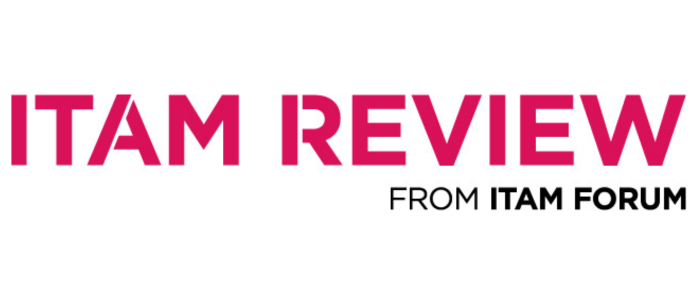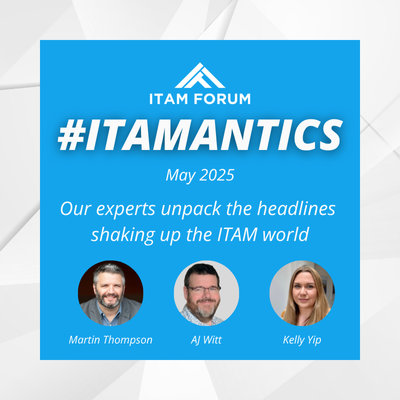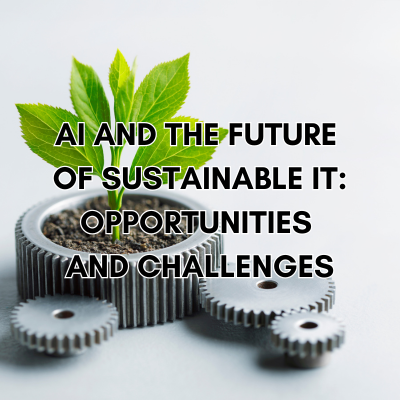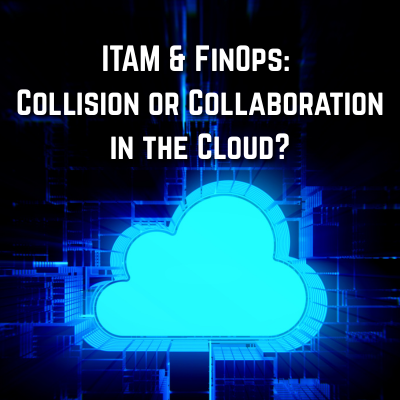A Strategic Approach to Managing AI as an IT Asset
Executive Summary
AI is not just another passing trend—it’s a transformative force reshaping industries at an unprecedented rate. However, like any new technology, its spread across the enterprise is following a familiar and potentially dangerous pattern. AI is rapidly expanding, often unchecked, creating an environment ripe for inefficiency, risk, and waste. But, it doesn’t have to be this way.
I argue that the solution lies in managing AI as an IT asset. Rather than slowing down AI experimentation, proper governance can enable experimentation within controlled, safe, and strategic boundaries. This paper outlines a path to managing AI responsibly while unlocking its full potential.
Key Takeaways
- Manage AI like an IT asset: Treat AI with the same rigour you apply to managing other IT assets. This includes discovery, classification, ownership, and cost control.
- Balance Governance with Innovation: AI governance doesn’t need to stifle innovation. In fact, proper governance can enable faster, safer experimentation by providing clear boundaries within which teams can innovate.
- Collaborate Across Teams: AI governance is a team sport. ITAM, InfoSec, finance, legal, and senior leadership all have a role to play in ensuring AI is used responsibly and strategically.
- Prepare for Compliance and Ethics: Don’t wait for regulations like the EU AI Act to hit you. Be proactive in building ethical and compliant AI systems from day one, turning potential regulatory burdens into innovation enablers.
AI is an extraordinary technology, capable of transforming industries in ways we can’t yet fully comprehend, but with this potential comes significant risk. The key to managing AI is not to stifle it but to create the frameworks that allow it to thrive in a responsible, secure, and innovative manner.
Download the white paper

Can’t find what you’re looking for?
More from ITAM News & Analysis
-
Broadcom vs Siemens AG - A Brewing Storm
The ongoing legal battle between VMware (under Broadcom ownership) and Siemens is yet another example of why ITAM goes far beyond license compliance and SAM. What might, at first glance, appear to be a licensing dispute, ... -
Shifting Left Together: Embedding ITAM into FinOps Culture
During one of the keynotes at the FinOps X conference in San Diego, JR Storment, Executive Director of the FinOps Foundation, interviewed a senior executive from Salesforce. They discussed the idea of combining the roles of ... -
Addressing the SaaS Data Gap in FinOps FOCUS 2.1
I recently reported on the FinOps Foundation’s inclusion of SaaS and Datacenter in its expanded Cloud+ scope. At that time, I highlighted concerns about getting the myriad SaaS companies to supply FOCUS-compliant billing data. A couple ...
Podcast
ITAM training
Similar Posts
-
ITAM Antics May 2025
Welcome to ITAMantics, where our experts unpack the headlines shaking up the ITAM world. In this May 2025 episode AJ Witt, Martin Thompson, and Kelly Yip explore the stories making waves across cybersecurity, licensing, and sustainability. ... -
AI and the Future of Sustainable IT: Opportunities and Challenges
In this episode, we’ll delve into the opportunities and challenges that AI presents for sustainable IT. While AI technologies offer significant potential for optimizing operations and improving energy efficiency, they also come with increased resource demands, ... -
ITAM & FinOps: Collision or Collaboration in the Cloud?
FinOps has long focused on managing cloud spend—but that’s beginning to change. In this episode, AJ Witt speaks with Jennifer Kuvlesky at Flexera about the March 2025 FinOps scope expansions and what they mean for SaaS ... -
An Introduction to Scope 4 Emissions
Executive Summary For ITAM teams, sustainability is a core responsibility and opportunity. Managing hardware, software, and cloud resources now comes with the ability to track, reduce, and report carbon emissions. Understanding emission scopes—from direct operational emissions ...




